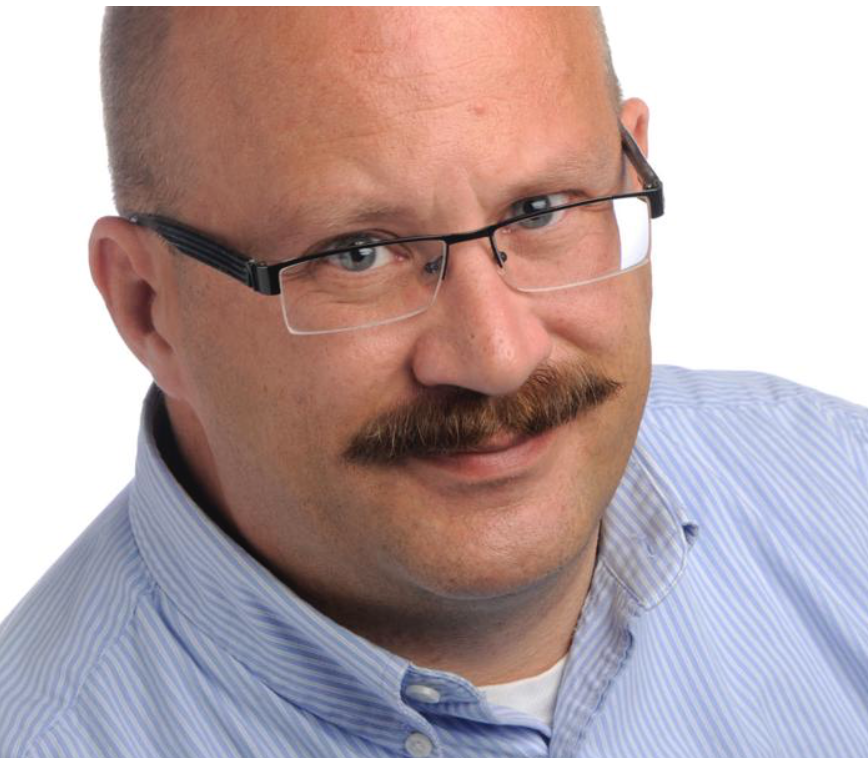
Tom Roeder, photo by Mark Reis
Retired Air Force Lt. Gen. Chris Bogdan helped the military fix troubled programs to buy the F-35 fighter and the KC-46 tanker.
Now he’s trying to help the new Space Force avoid similar woes in satellite buying.
A 1983 Air Force Academy graduate, Bogdan is now working for consulting giant Booz Allen Hamilton, which was hired to help with the establishment of the space service after it was founded in December.
“I am out here in Colorado, because it is one of the huge centers of gravity for space,” he said.
The Trump administration pushed for creation of a separate space service in response to foreign threats, which have grown only more apparent in recent weeks.
Iran launched its first satellite, and Russia has experimented with anti-satellite missiles and highly maneuverable satellites that experts say could be used to target U.S. military spacecraft.
Bogdan said the U.S. now needs satellites that are built to fend off space attacks. But, he said, leaders must avoid buying “exquisite” machines that rely on technologies that aren’t proven.
Back when he was in uniform, Bogdan fought through troubles with the Boeing-built tanker and Lockheed’s new fighter that he ascribes to an age-old Air Force problem: too much new technology crammed into a single program.
The KC-46 used a time-tested airplane, but also incorporated a new refueling boom design and a remote-control system to connect the refueling planes with other aircraft in flight. That resulted in delays and cost overruns.
The F-35 melded a new stealthy body with a new engine design and an entirely new set of electronics. Headaches and delays ensued.
The military has had similar experiences in space, Bogdan said. The Air Force too often ordered satellites carrying technology that hadn’t yet been invented, and each satellite came along with its own ground stations and singular capabilities that drove up costs.
“They cost billions of dollars and take years and years to develop and they can only do one thing,” Bogdan said.
Worse, the old generation of satellites have no serious defense systems, since they were designed and bought at a time when America had no rivals in orbit.
“They are harder to defend and they are really hard to replace if they’re knocked out,” Bogdan said.
To replace those old satellites, Bogdan envisions a new generation of smaller machines built along the lines of the 12,000-satellite constellation that rocket-maker SpaceX plans as a space-based internet provider.
Mass production can mean America’s enemies would have too many targets to take out if they want to limit America’s space-based satellites.
And lighter-cheaper satellites can be shotgunned into orbit dozens at a time.
The satellites will also be built with more than one mission in mind.
“Those nano-satellites are linked together, and with software you can change what they do and how they do it,” Bogdan said.
Bogdan is also pushing Space Force troops toward a future where machines do some of the thinking. An issue in space is that it is massive. Figuring out where any of the 2,000 satellites now in orbit or the 21,000 pieces of debris are is a tough task on its own. The task gets more difficult when some of those satellites or hunks of space junk could be enemy weapons in disguise.
“To get a picture of what’s going on requires a lot of data fused together quickly,” Bogdan said.
Booz Allen Hamilton is helping the Space Force develop mathematical algorithms to sift through its space data.
But it is also going to take a new generation of super computers and the use of computers that can learn as they go.
“To figure that kind of thing out, you’re going to require lots and lots of computations and lot of machine learning,” Bogdan said.
By Tom Roeder, TheGazette

